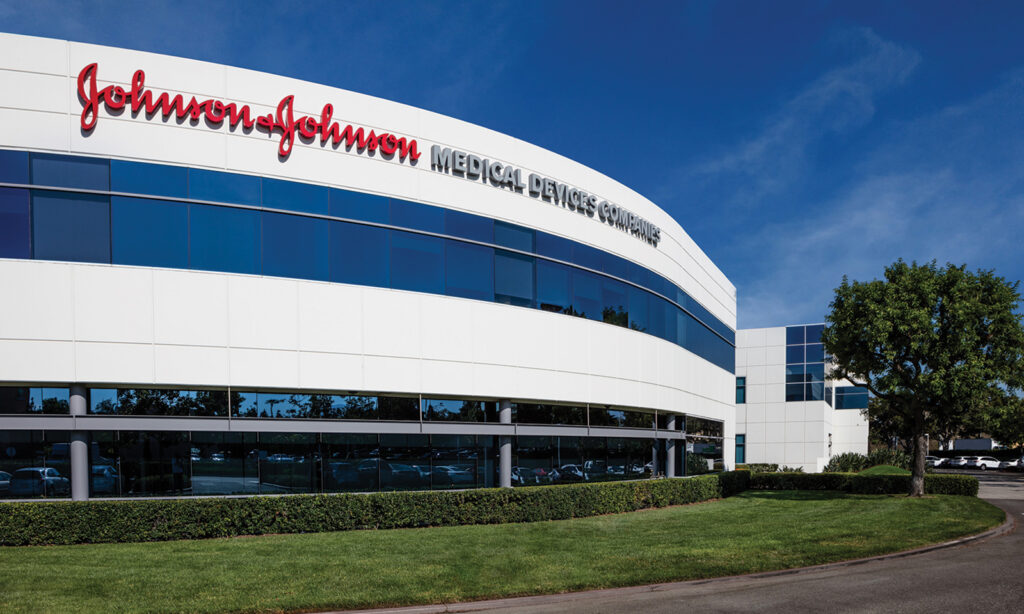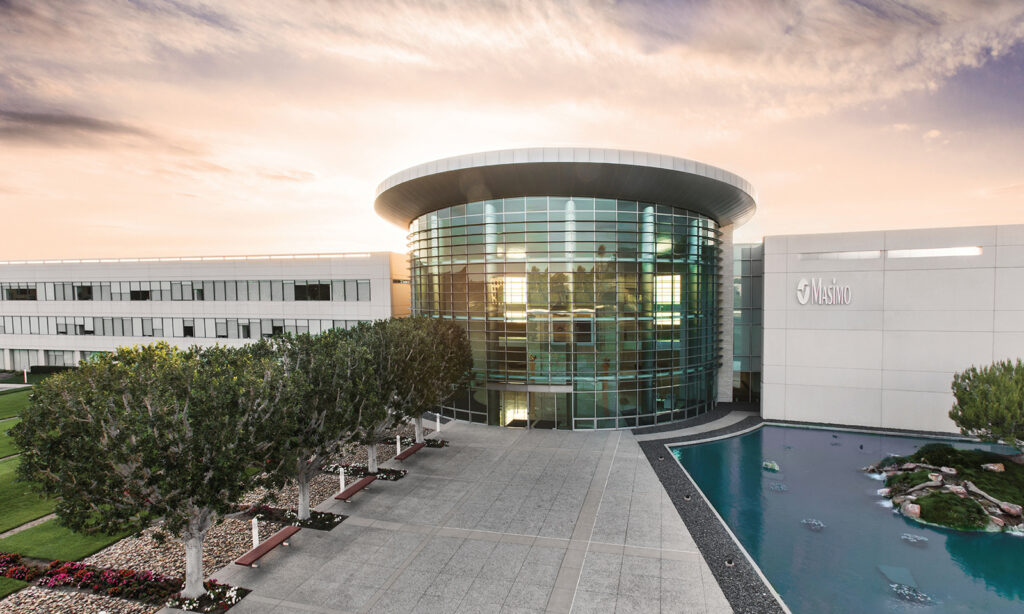A decade before Irvine became Irvine, a retired electrical engineer made a decision that would help shape the city’s future – and touch millions of lives beyond it.
At 63, Miles “Lowell” Edwards had already distinguished himself by designing hydraulic pumps used to debark trees and fuel military aircraft. But the ambitious inventor, who had suffered from rheumatic fever as a teen, had long dreamed of helping people with heart failure, a common complication.
In 1961, Edwards, an Oregonian who spent winters in Orange County, launched his artificial heart-valve company in a new building on a field about a mile from its future Irvine headquarters on Red Hill Avenue. Irvine’s Master Plan was still a blueprint, with the city 10 years from incorporating, but Edwards’ choice would help determine its direction for decades to come.
Edwards Laboratories, later renamed Edwards Lifesciences, had already developed the Starr-Edwards valve, a caged-ball prosthesis made of silicon rubber and metal, and implanted the artificial valve in a human patient for the first time. In subsequent years, it revolutionized the nascent heart-valve industry. Today, it’s a more-than-$50 billion publicly traded leader in cardiovascular devices, with 5,000 local employees and thousands of others throughout the world. As it grew, it spawned dozens of smaller firms, launched as spinoffs by former employees, and helped put Irvine on the national map as a major medtech hub, providing thousands of well-paid jobs and billions of dollars in revenue.
Paving the way
Irvine’s medtech success today “dates to those guys at Edwards who identified great talent and attracted it and nurtured it,” local investor Don Milder told the Irvine Standard. “Their employees learned how to develop products, went out and did their own thing and created the critical mass of activity needed for a self-sustaining industry.”
At the same time, Edwards’ management officials have worked to help create the conditions for more innovation by “rolling up their sleeves, sitting at the table and helping to chart out what we want Orange County to look like,” says Bill Carpou, CEO of OCTANe, an industry accelerator in Newport Beach. Edwards was one of the founders of OCTANe in 2002.
The company Miles Edwards founded continues to continues to invent, develop and manufacture an array of lifesaving products, which not only replace defective heart valves but monitor and maintain heart function during surgeries.
The company has most recently been pioneering a procedure to replace a damaged aortic valve without open-heart surgery. Transcatheter Aortic Valve Replacement (TAVR) involves inserting a new valve through a catheter into the aorta. In early May, the U.S. Food and Drug Administration approved Edwards’ TAVR therapy for severe aortic stenosis patients without symptoms.

Major medtech hub
Medtech has become a significant engine of growth, innovation and health in Irvine, a city-sponsored report recently confirmed, saying the industry will contribute more than 3,300 new high-paying jobs and $4.8 million in municipal taxes over the next five years. With more than 5,000 local employees, Edwards Lifesciences takes the lead in providing jobs. But other innovative firms are boosting Irvine’s stature as a leading medtech hub.
- Johnson & Johnson MedTech’s Irvine campus houses a network of global businesses generating more than $5 billion in sales while serving more than 1.5 million cardiac patients a year.
- B. Braun Medical Inc. develops, manufactures and sells products and services that include infusion therapy and pain-management strategies.
- Masimo helps doctors monitor surgical patients with noninvasive devices.
- Allergan, now part of AbbVie, develops and commercializes products used in ophthalmology, neurosciences, medical dermatology, medical aesthetics and more.
- Alcon, the world’s largest eye-care device firm, makes contact lenses and devices for surgeries for disorders of the cornea and retina.
- Inari Medical develops ways to improve surgeries for blood clots, including pulmonary embolism and deep-vein thrombosis.






